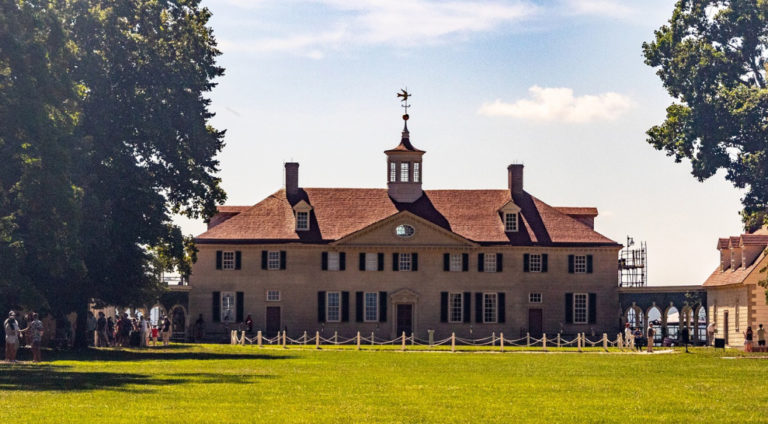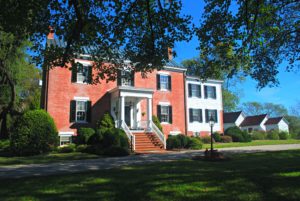The difference between a property being on the historic registers and a historic easement in Virginia
If you’re a homeowner with a historic home, you may wonder if you should register it or get an easement. So, what’s the difference? Registering your home means that it is officially recognized as being of historical significance by the government.
On the other hand, an easement is a legal agreement between two people (or organizations) that gives one party certain rights over another’s property.
This blog post will discuss the differences between historic registries and historic easements to decide which option is best for you!
What is a Historic Register?
A designated Historic Register is a list of structures, buildings, sites, or objects that have been determined to have national, state, or local significance.
The purpose of the Historic Register is to maintain and protect these properties for future generations. To be eligible for the Historic Register, a property must meet specific criteria set forth by the National Park Service.
These criteria include age, historical significance, and integrity. In addition, the property must also be deemed worthy of preservation. Once a property has been listed on the Historic Register, it becomes subject to specific regulations designed to protect its historic character.
For example, alterations to a Registered Historic Property must be reviewed and approved by the State Historic Preservation Office. In some cases, listed properties may also be eligible for federal tax incentives.
A Historic Register is an essential tool for preserving our nation’s history and ensuring that our children and grandchildren can enjoy these historic places for years to come.
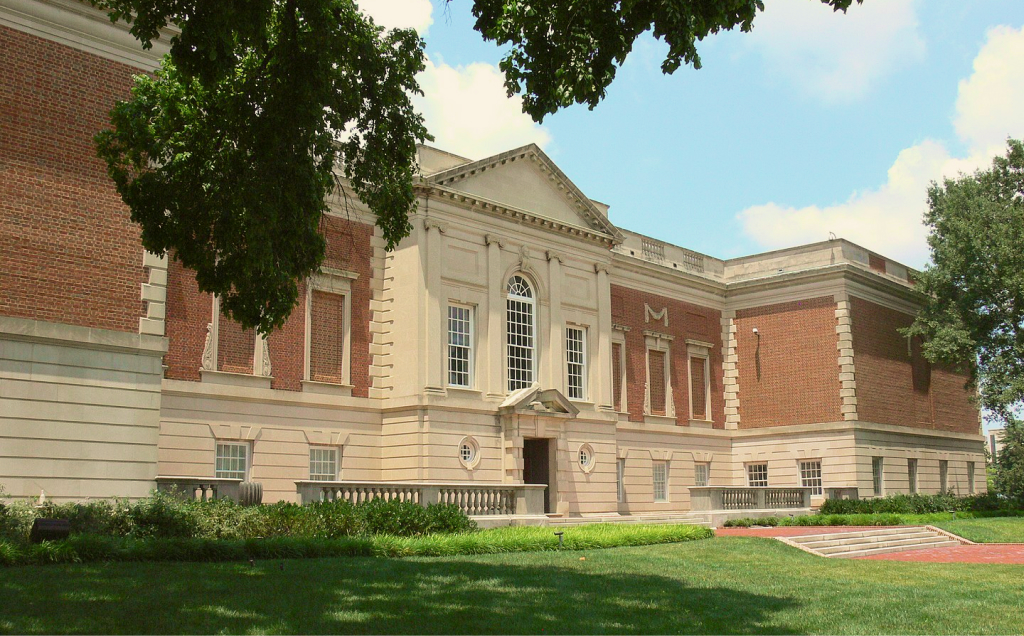
What is a Historic Easement?
A historic easement is a legal agreement between a property owner and a preservation organization that protects the historic character of a property.
The easement is recorded in the deed, and it runs with the land, meaning that it is binding on all future owners. The easement donor gives up some rights to the property, such as the right to make changes that would alter its historical character to ensure its preservation.
Historic easements are an effective tool for preserving essential properties, but they come with some challenges. First, the restrictions imposed by the easement may make it challenging to finance repairs or renovations.
Second, the easement may limit the use of the property, making it less marketable. Finally, interpretation of the easement terms can be complex, and enforcement can be difficult. Despite these challenges, historic easements are essential for preserving our nation’s history.
Criteria to be eligible for Historic Registration
A property must meet four main criteria to be eligible for historic registration.
- First, the property must be at least 50 years old.
- Second, the property must have historical significance. This can be demonstrated by its association with important events, people, or historical patterns.
- Third, the property must retain its historic character. This means the property has not been significantly altered from its original appearance.
- Finally, the property must be deemed worthy of preservation. Its architectural style or integrity typically determines this.

What is the National Register of Historic Places (National Register)?
The National Register of Historic Places is the official list of our nation’s historic places worthy of preservation.
The National Park Service maintains the National Register, and it includes properties such as buildings, sites, objects, and districts that have been determined to have national, state, or local significance.
Inclusion in the National Register is an honorary designation, and it does not impose any restrictions on a property.
However, properties listed in the National Register may be eligible for federal tax incentives.
How to Register your Home
Registering a house with the National Register of Places is a process that takes some time and effort, but it is well worth it for the added protection it provides. Here is a step-by-step guide to registering a house:
- The first step is to obtain a National Register of Historic Places registration form from the National Park Service. This form can be downloaded from the National Park Service website or obtained from a local office.
- Once the form has been obtained, it must be filled out completely and accurately. Incomplete or inaccurate forms will not be accepted.
- Once the form has been completed, it must be submitted to the National Park Service and any supporting documentation. Documentation may include photographs, newspaper articles, or architectural plans.
- The National Park Service will review the application & supporting documentation and determine whether or not the house meets the criteria for inclusion on the National Register of Historic Places.
- A registration certificate will be issued if the house is approved for inclusion on the National Register of Historic Places. This certificate must be displayed in a prominent location on the property.
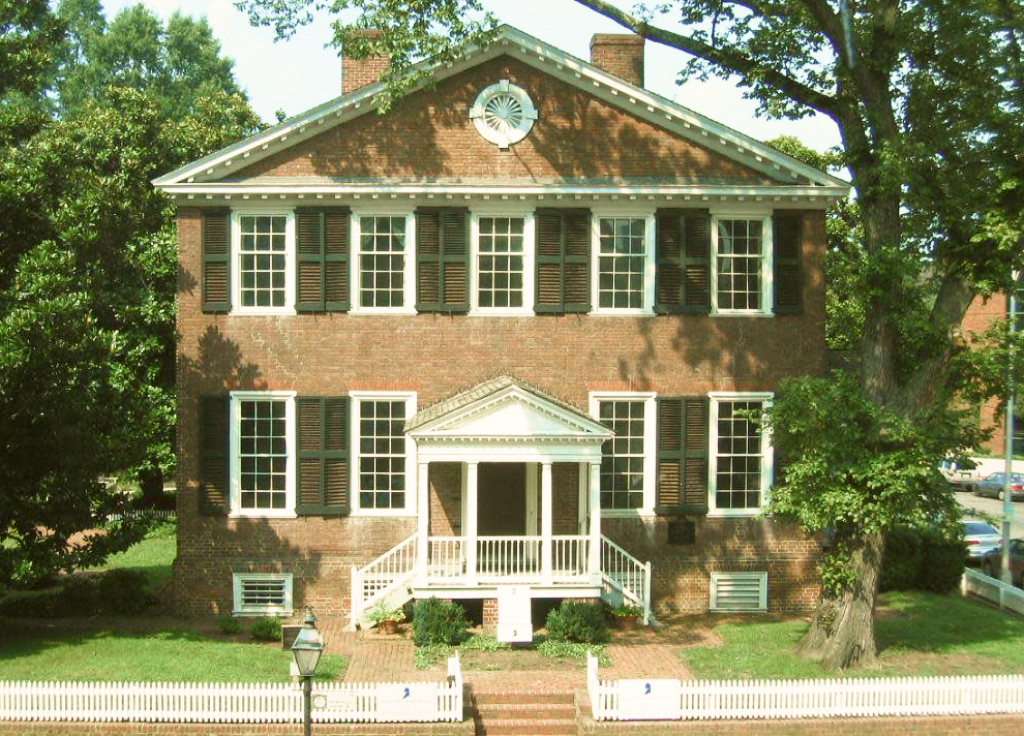
How to Get an Easement
Easements can be granted for a house’s interior and exterior features, and they can be perpetual, meaning they remain in effect even if the property is sold.
But how does one go about getting an easement? The process typically involves four steps: research, negotiation, application, and approval.
First, the homeowner needs to research the requirements for an easement and identify a preservation organization that is willing to work with them.
Next, the homeowner negotiates the terms of the agreement with the preservation organization.
Once the agreement is finalized, the homeowner completes an application and submits it to the appropriate government agency for approval.
If all goes well, the agency will approve the easement, becoming legally binding. With an easement in place, historic houses can be preserved.
The Benefits of Registering your Home with the National Register
There are many benefits to registering your home with the National Register of Historic Places, including:
- The added protection it provides
- The federal tax incentives that may be available
- The sense of pride that comes with owning a historic property
- The increased awareness of the property’s history
- The ability to share the property’s history with others
The Benefits of Getting an Easement for your Home
First, an easement can provide you with additional privacy. If you have an easement that restricts access to your property, it can help keep out unwanted visitors.
Second, an easement can give you additional security. If your property is located in a remote area, an easement can give you the peace of mind that comes from knowing that you won’t be stranded in an emergency.
Finally, an easement can increase the value of your property. In many cases, buyers are willing to pay more for a property with an easement because it provides additional security and privacy.
The Cons of Both Options
Of course, there are also some drawbacks to both registering your home with the National Register of Historic Places and getting an easement for your property.
One downside to registration is that it can be lengthy and complicated. In addition, once your property is registered, you may be required to follow specific guidelines that could restrict what you can do with your property.
Similarly, easements can also be complex and restrictive. In some cases, an easement may even limit your ability to sell your property.
Before you decide to register your home or get an easement, carefully weigh the pros and cons. You should also consult with a qualified professional to learn more about your options.
The Differences Between a Property Being on the Historic Registers and a Historic Easement in Virginia
There are two primary ways that a property can be designated as historic in Virginia: being listed on the National or state register of Historic Places or holding a conservation easement held by a qualified preservation organization.
These designations typically offer certain protections from demolition or alteration, but there are some critical differences between the two.
One of the most significant differences is that properties listed on the National Register are automatically protected from demolition by state or federal agencies. At the same time, those with conservation easements only have protection if the easement holder agrees to enforce its terms.
Additionally, the historic designation can increase or decrease the value of a property, depending on factors such as location and market conditions. For example, a property located in a desirable area is more likely to increase in value after being listed on the National Register than one in a less desirable location.
Finally, it’s important to note that not all properties eligible for listing on the National Register will be listed; the Virginia Department makes this decision of Historic Resources based on several factors, including the property’s significance and whether it meets specific criteria.
On the other hand, conservation easements can be voluntarily donated by landowners. In short, there are many differences between these two types of historic designation, and it’s essential to understand them before deciding on which is suitable for your property.
Advantages of Buying or Renting Virginia Historic Homes
There are many advantages to buying or renting a Virginia historic home. You can be confident that your home is built to last.
Virginia’s historic homes are constructed of solid materials like wood and stone, and they are often much better insulated than newer homes. This means that you can enjoy lower energy bills and more comfortable home.
Additionally, historic homes often come with unique features that you won’t find in a newer home, such as stained glass windows, fireplaces, and intricate moldings.
And if you’re a history buff, you’ll love the opportunity to live in a home with real character and personality. Whether you’re looking for a charming starter home or a luxurious estate, Virginia’s historic homes offer something for everyone.
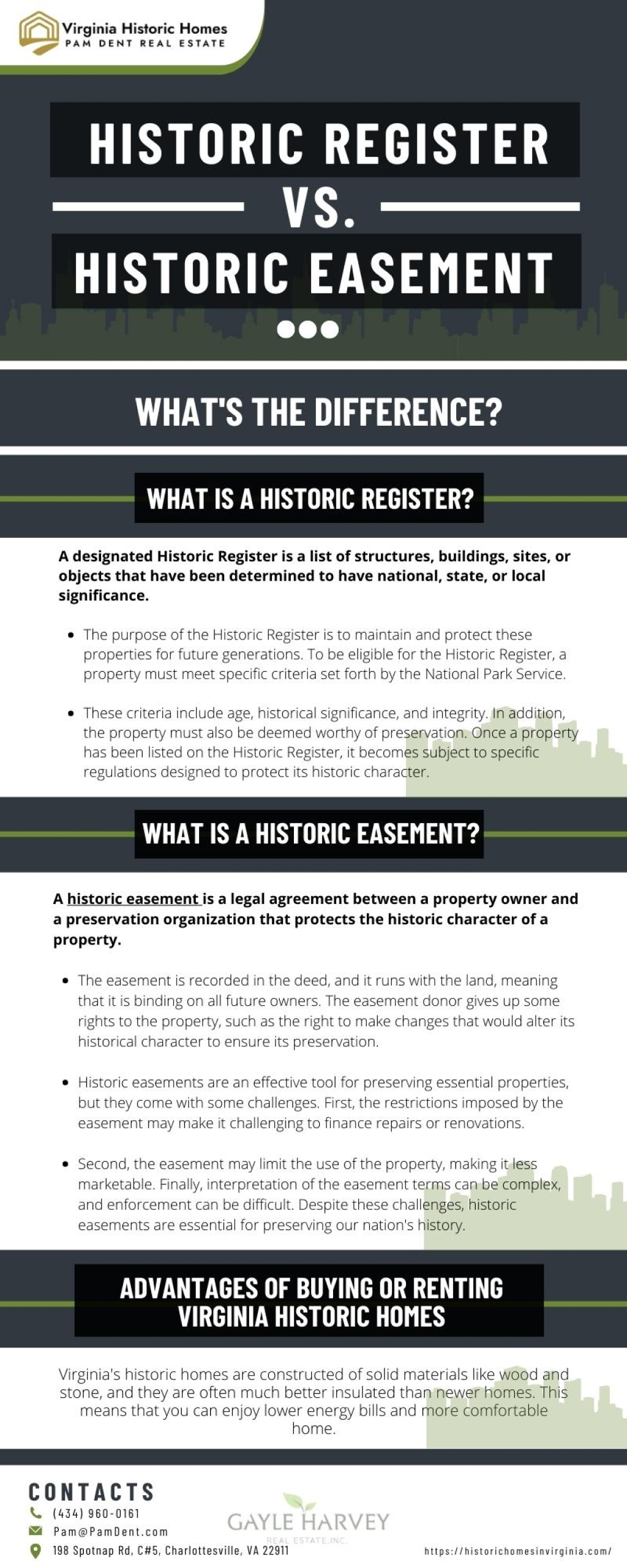
Bottom Line
The bottom line is that there are pros and cons to registering your home as a historic property and getting an easement for it. Carefully weigh the pros and cons of each option before making a decision.
If you’re interested in Virginia’s historic homes, you can contact me to learn more about your options.
